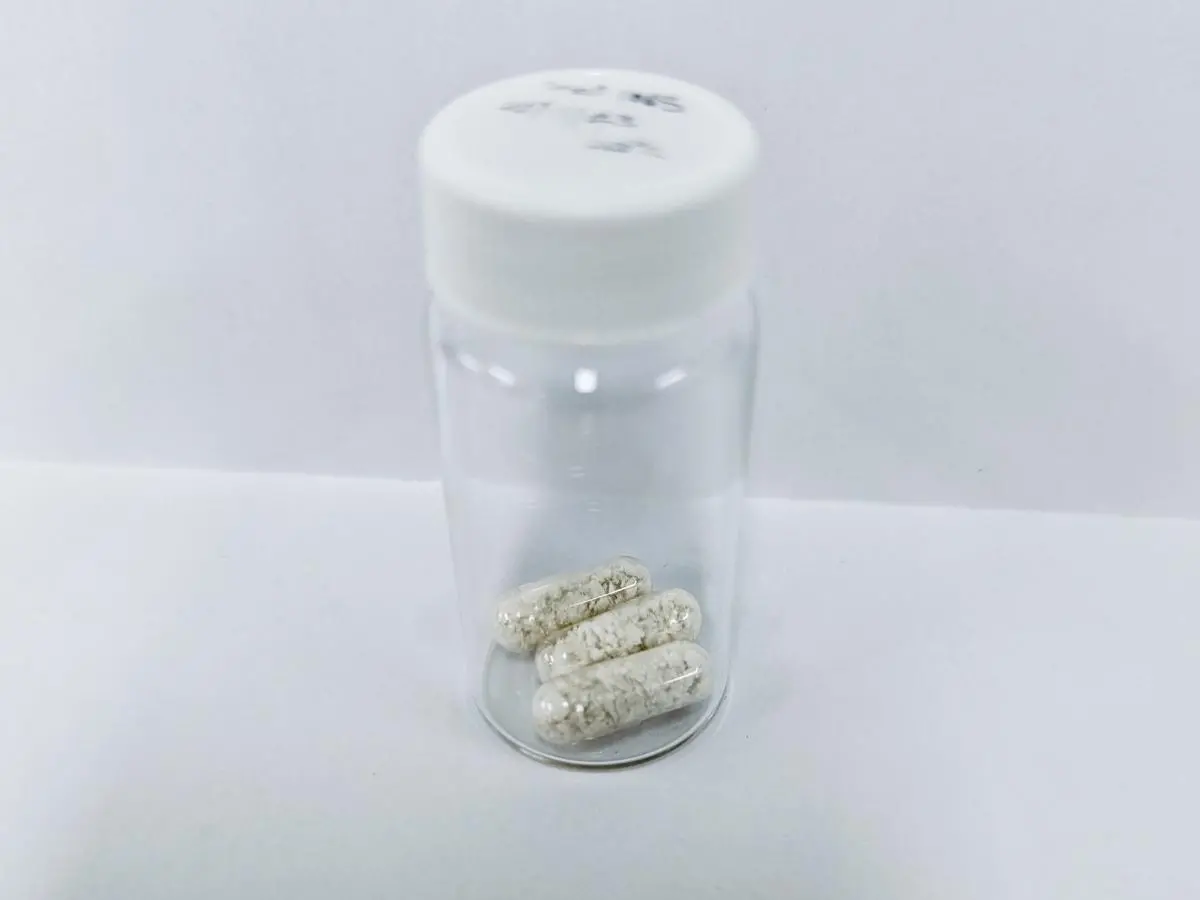Around 425 million individuals globally are affected by diabetes, with about 75 million of them relying on daily insulin injections. Now, a groundbreaking advancement offers a promising alternative to the conventional use of syringes or insulin pumps. Researchers have developed a novel approach for administering smart insulin to the body.
This innovative insulin can be conveniently consumed either in capsule form or, more appealingly, embedded in a piece of chocolate.
Within these innovative forms of insulin delivery are minuscule nano-carriers that encapsulate the insulin. These particles are incredibly tiny, measuring just 1/10,000th the width of a human hair, and are so minute that they remain invisible under standard microscopes.

“Administering insulin in this manner is more precise as it quickly directs the insulin to the body parts where it’s most needed. In contrast, when insulin is injected using a syringe, it disperses throughout the body, potentially causing undesirable side effects,” explains Professor Peter McCourt, a liver biologist at UiT Norway’s Arctic University, a key researcher in this study.
This significant research has recently been featured in the journal Nature Nanotechnology.
While many medications can be taken orally, insulin has historically required injection. Professor Peter McCourt points out that the challenge with using nano-carriers for insulin is its breakdown in the stomach, preventing it from reaching the necessary areas in the body. This issue has been a significant hurdle in developing an orally-administered diabetes medication.
However, this challenge has now been overcome by the researchers.
“We’ve developed a special coating that shields the insulin from stomach acid and digestive enzymes as it travels through the digestive system. This ensures the insulin remains intact until it reaches its target, primarily the liver,” explains McCourt.
Once in the liver, the coating is dissolved by enzymes that are only active when blood sugar levels are high. This releases insulin precisely where it’s needed – in the liver, muscles, and fat – to regulate blood sugar.
“This results in a prompt release of insulin when blood sugar is high, and crucially, no release when blood sugar is low,” adds Nicholas J. Hunt of the University of Sydney, who leads the project alongside Victoria Cogger.
Hunt emphasizes that this method represents a more practical and patient-friendly approach to diabetes management. It significantly reduces the risk of hypoglycemia (low blood sugar events) and allows for controlled insulin release based on the patient’s needs. This is a marked improvement over injections, which release all the insulin at once.
Reduced Side Effects
The innovative method of insulin delivery mimics the natural process seen in healthy individuals. Normally, the pancreas secretes insulin which first travels through the liver, where a significant portion is absorbed, thus stabilizing blood sugar levels. In this new approach, the nano-carrier targets insulin release directly in the liver, allowing for optimal uptake or circulation throughout the body.
“When insulin is injected subcutaneously, it disproportionately affects muscles and fat tissue, unlike the natural pancreatic release. This can lead to fat accumulation and even hypoglycemia, a potentially serious condition for diabetics,” explains the research team.
This new method is expected to minimize such adverse effects.
Moreover, it eliminates the need for injections, offering a more discreet way to administer the medication. Additionally, this form of insulin does not require refrigeration, enhancing its practicality and accessibility.
Projected Release of Oral Insulin in the Next 2-3 Years
“Human trials are set to commence in 2025, led by Endo Axiom Pty Ltd.,” states Nicholas J. Hunt, leading the project. “These clinical trials are divided into three phases. In the first phase, our primary focus will be on assessing the safety of the oral insulin and closely monitoring the occurrence of hypoglycemia in both healthy individuals and those with type 1 diabetes. We’re particularly excited to see if the promising results we observed in baboons—namely the absence of hypoglycemia—will translate to humans. This could represent a significant breakthrough. The experiments will adhere to stringent quality standards and will be conducted in close collaboration with medical professionals to ensure participant safety,” he explains.
“After completing phase I, we’ll have a clear understanding of its safety for human use and will proceed to phase 2 trials, where we’ll explore how this oral insulin could replace injections for diabetic patients,” he adds.
The research team is optimistic that this new form of medication could be available for widespread use within the next 2-3 years.













